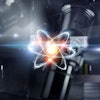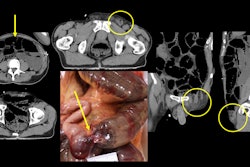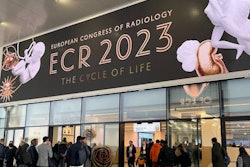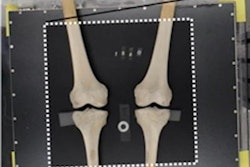
A senior radiographer in Malta is warning radiographers that x-ray postmortem imaging for court evidence purposes can take a mental toll, according to a survey study published October 27 in Radiography.
The results underscore that alternative ways of collecting and providing postmortem imaging data are needed, wrote a team led by radiographer Stuart Camilleri of Mater Dei Hospital.
"The need for psychologically and trauma-informed protocols and training was evident to enable and support radiographers in undertaking this essential and highly valued area," the group wrote.
Postmortem imaging is a useful way to gather evidence that may be needed in court cases, the researchers noted, and it can be used with other, more traditional methods. But how does it affect the people doing the imaging? Camilleri and colleagues conducted semistructured interviews with five staff radiographers who perform postmortem imaging in legal death investigations for the Maltese court. Each radiographer had undertaken four forensic imaging investigations the previous year.
The radiolographers' responses revealed psychological and emotional distress that was sometimes accompanied by a physical reaction, Camilleri's group reported. On the manual handling of corpses, one participant said, "There were cases, I handled the cadaver without any problem at all, but there were cadavers which were full of blood ... and you feel a bit ... nauseated, feel a bit sick."
The psychological impact of imaging deceased children for radiographers who were parents was one of the most emotionally difficult aspects. "Sometimes they are children, sometimes fetuses," one person wrote. "When it's children, you'll start imagining your own children there."
As well, radiographers feared repercussions resulting from the forensic process in Malta regarding murder cases. "When murders are involved, there are criminal gangs involved, you start thinking, who might be these people? Who are their relatives?" said one study participant "Sometimes there might be relatives in the gallery watching you, looking at what you are doing."
What contributes to the stress of postmortem imaging among forensic radiographers? A limited professional pool and insufficient staff training could be key factors, the authors noted. They suggested that one way to mitigate the stress could be to use imaging modalities such as CT that reduce physical contact between radiographers and the deceased.
"[The] increased application of cross-sectional imaging equipment [such as CT] for postmortem imaging ... [would minimize] the need for direct bodily contact and potential for psychological distress associated with this," they concluded.




















